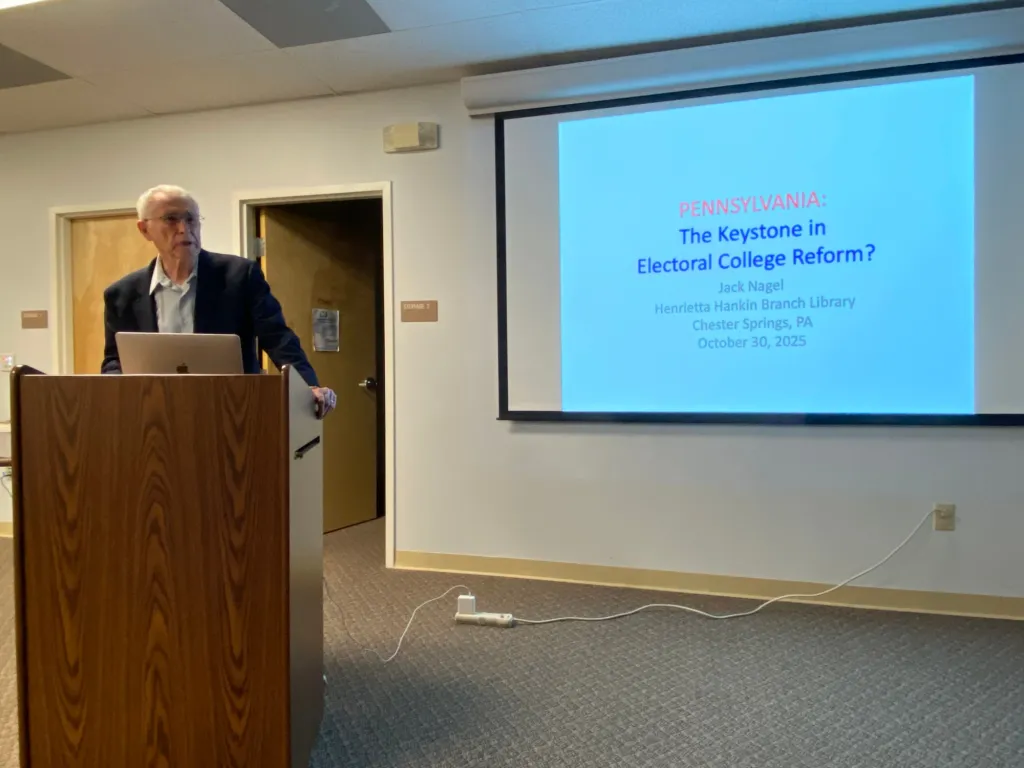Copyright Reading Eagle

For information on submitting an obituary, please contact Reading Eagle by phone at 610-371-5018, or email at obituaries@readingeagle.com or fax at 610-371-5193. Most obituaries published in the Reading Eagle are submitted through funeral homes and cremation services, but we will accept submissions from families. Obituaries can be emailed to obituaries@readingeagle.com. In addition to the text of the obituary, any photographs that you wish to include can be attached to this email. Please put the text of the obituary in a Word document, a Google document or in the body of the email. The Reading Eagle also requires a way to verify the death, so please include either the phone number of the funeral home or cremation service that is in charge of the deceased's care or a photo of his/her death certificate. We also request that your full name, phone number and address are all included in this email. All payments by families must be made with a credit card. We will send a proof of the completed obituary before we require payment. The obituary cannot run, however, until we receive payment in full. Obituaries can be submitted for any future date, but they must be received no later than 3:00 p.m. the day prior to its running for it to be published. Please call the obituary desk, at 610-371-5018, for information on pricing. CHESTER SPRINGS — Every four years or so, at about this time of year, the nation engages in an intense but brief discussion about whether we should keep the Electoral College, the Constitutionally mandated method by which the U.S. elects a president. One immediately visible problem with the Electoral College is that it allows presidential candidates to focus their efforts on “swing states.” Reliably Blue states like New York and California, and reliably Red states like Texas and Indiana, get ignored because how the majority in those states will vote is considered a given, guaranteeing that state’s electoral votes in the college, according to Jack Nagel, a professor emeritus of political science from the University of Pennsylvania. As a result, the votes that matter most in choosing the next president often come from just a few states whose populations do not represent anything close to the majority of voters in the entire country. “It shouldn’t matter whether you live in California or Pennsylvania how much vote counts,” says Nagel. But perhaps the primary argument against the Electoral College is that it often allows a candidate to lose more votes than his or her opponent and still win the election. In just the last 25 years, it’s happened twice — In 2000, Al Gore won the popular vote, but not the election, which introduced the phrase “hanging chad” to the national vocabulary; and in 2016, Hillary Clinton won the popular vote but not the election — all thanks to the quirks and vagaries of the Electoral College. But wait, there’s still more! In 1960, Richard Nixon likely won more votes than John F. Kennedy. The Electoral College also gave us the election debacle of 1800 in which Thomas Jefferson and Aaron Burr tied for electoral votes, throwing the decision into a chaotic House of Representatives, where it took 36 separate votes before Alexander Hamilton engineered the swing vote and the victory of Jefferson, his political enemy. The Electoral College is so problematic that Alabama Gov. George Wallace came close to winning the presidency with a third-party candidacy that was designed to succeed by causing a deadlock in the college and throwing the election to the House of Representatives, where the South commanded a solid block of votes against desegregation, putting him in the White House. With six failures and seven near failures, Nagel asks a very reasonable question: Why do we keep such an unreliable system that skews so many aspects of what should be a free and fair election, adhering to the principle of “one man, one vote.” “Would we accept an engineering design that has a bridge that fails ‘only 10 to 20 percent of the time?’” he asks. Nagel most recently asked that question on Oct. 30 when he was at the Henrietta Hankin Library giving a talk about how we change this situation for the better. Because the Electoral College is based in the Constitution, the only way to mitigate its effects is through a Constitutional Amendment, a process so onerous that it seems impossible to achieve in these politically divided times that few people are even willing to try, he said. But what if there was another way? As it turns out, there is, and Pennsylvania is key to its success. The alternative is something called the National Popular Vote Interstate Compact. Think of multi-state agreements like the one that created the Delaware River Basin Commission or, perhaps more appropriately, one that allows states to all participate in the Powerball lottery. It’s an appropriate comparison because of the man who is pushing this idea, His name is John Koza, a computer scientist, venture capitalist, and the founder of the organization National Popular Vote. He is also co-founder of the Scientific Games Corp., a company that builds computer systems to run state lotteries in the United States. Being familiar with the compact that puts Powerball chances in the hands of people in many states, Koza asked the basic question: What if we did that to get out of this Electoral College mess? Just as the Constitution gave us the Electoral College White Elephant, it also provides the basis for a workaround, Koza figured out. The Constitution gives the power of how electors to the college are chosen to state legislatures. Begun with a serious rollout in 2006, the National Popular Vote plan urges state legislatures to pass identical bills, pledging to assign their electors to the winner of the national popular vote, not the popular vote-winner in their state. The compact only takes effect after it is adopted by enough states whose electoral votes add up to 270, which is a winner in the Electoral College. “Once that happens, the Electoral College majority will always go to the winner of the popular vote,” Nagel explained. While the concept sounds simple, the path to achieving it is not. It began as a bipartisan effort with endorsements from such political opposites as Barack Obama and Newt Gingrich. Already, the compact has been adopted in such Republican strongholds as Oklahoma and Arizona. But even though Donald Trump has said he favors the elimination of the Electoral College, after he won the 2016 election without winning the popular vote, thanks to the Electoral College, Republican support for the compact has “softened,” Nagel said. Since 2016, the compact has been adopted in Connecticut, Colorado, Delaware, New Mexico, Oregon, Minnesota, Maine and New York. In Colorado, it survived an attempt to rescind it by Currently, 209 of the 270 electoral votes needed to win the presidency are from states that have adopted the compact, Nagel said. If Democrats win control of governorships and state legislatures in Virginia and Nevada this year, supporters of the compact will see that as a sign that the plan can be put into action without further support from Republican controlled states, even though Republican buy-in is preferable. “No one wants this to be a partisan movement,” said Nagel. Should those states sign on, the electoral vote count based on the national popular vote would stand at 228, Nagel said. And that’s where Pennsylvania, which has not yet adopted the compact, comes in, said Nagel. “Even with a bipartisan path, Pennsylvania is crucial to success with its 19 electoral votes,” he said. The four crucial states remaining are Pennsylvania, Wisconsin, Michigan and Arizona, all states where the margin of victory for both parties has been thin. A total combined 21 state House and state Senate seats in those states would throw control to Democrats who could then adopt the compact and make winning the popular vote the new path to the presidency, said Nagel.



